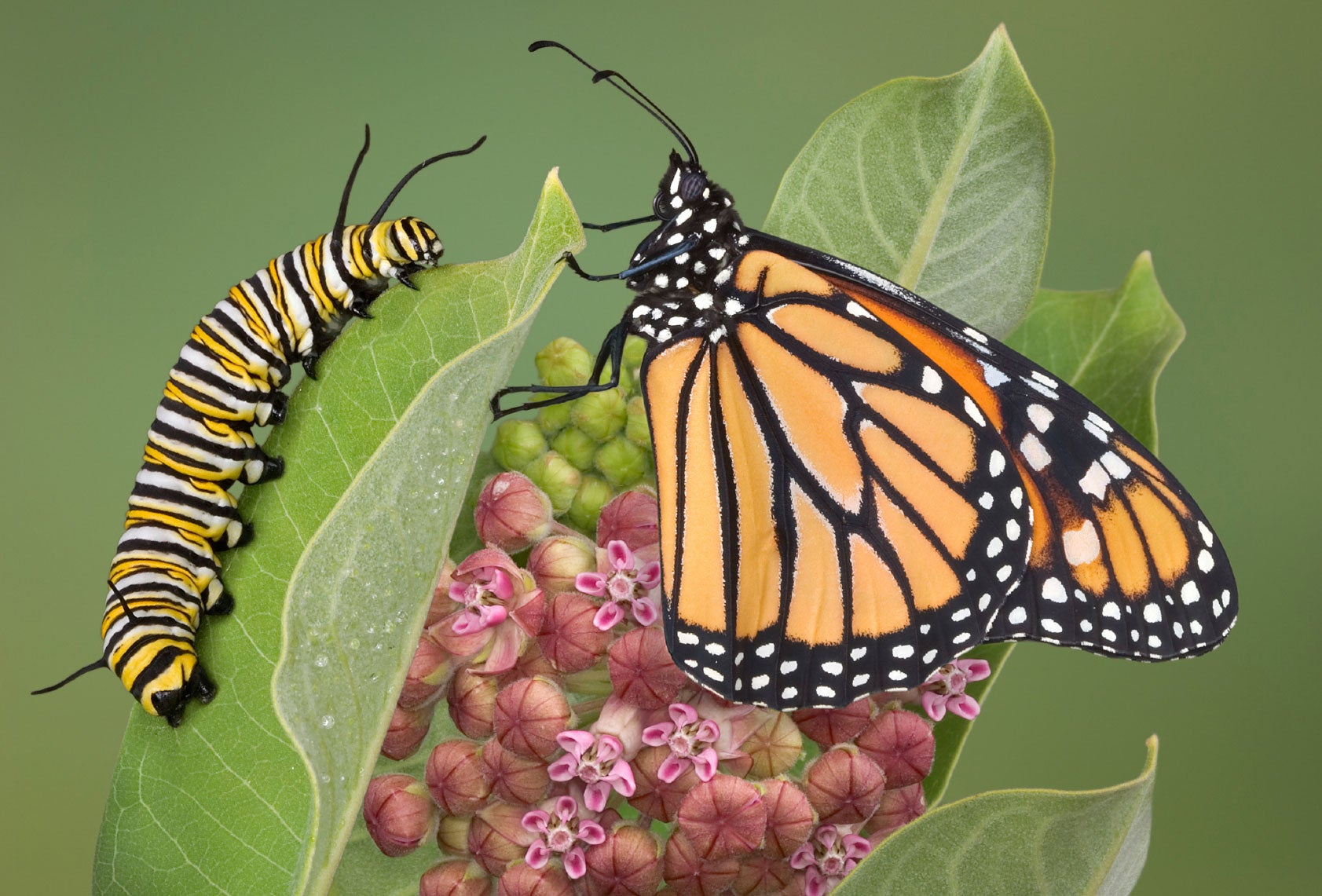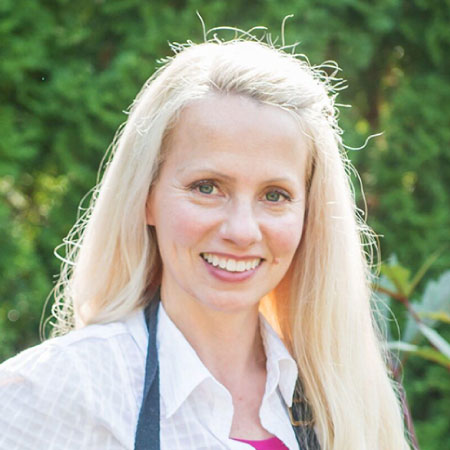M Is For Monarch - 7 Things You Can Do to Help Fuel Fall Monarch Butterfly Migration


Monarch butterflies, the royal denizens of the garden and most recognizable species in North America, are endangered. These important pollinators share their habitat with other species of insects and birds.
The loss of monarch butterflies impacts this shared habitat resulting in the loss of other pollinators, impacting the food crops humans consume. However, you can help. Monarch butterfly migration is incredible, spanning between 1,200 and 2,800 miles (1,931-4,506 km). And along this route, these gorgeous creatures need food, water, and shelter.

Keep reading to learn about the 7 things you can do to help the monarch butterflies along their migration route.
M is for Milkweed
We mentioned that monarch butterflies travel an amazing 1,200 to 2,800 miles (1,931-4,506 km.) as they migrate to their overwintering sites. Where do monarch butterflies migrate to? They travel from the northern reaches of Canada and the United States to the warmer regions of southern California and Mexico. During this trek, monarchs travel approximately 100 miles (161 km) per day! So obviously they need a spot to rest, drink, and refuel during their travels.
This is where you can help by planting foods that monarchs rely on to give them the calories needed for this arduous journey. This is also where our “M” for milkweed comes into play.
Monarch caterpillars feed exclusively on milkweed leaves. It is the only host plant for this butterfly species. In fact, monarch butterflies are also known as “milkweed” butterflies. As the caterpillars feed, they ingest natural chemicals from the milkweed that protect them from predators.
Female monarchs will lay their eggs on all nine milkweed species, but they do prefer swamp (Asclepias incarnata) and common milkweed (A. syriaca). More important than the type of milkweed, however, is the health of the plant, time of season, and prevalence of the plant.
Sign up for the Gardening Know How newsletter today and receive a free copy of our e-book "How to Grow Delicious Tomatoes".
To learn more, please consider signing up for our expert course in supporting Monarch butterflies over on the Gardening Know How Learning Channel.
O is for One Source
When looking for plants to satiate the monarch butterflies, look for native plants and seeds and purchase them from a single reliable source.
N is for Native Plants
The best nectar-providing plants for monarchs are native plants. These plants have been around for centuries along the monarch’s flightpath, reliably providing them with food for their journey.
The best way to find these is to look for a single reputable source for seeds and plants. If you are unsure of what native plants to purchase for your area, a great resource is the National Wildlife Federation's Native Plant Finder. It will lead you to plants that are indigenous to your area.
A is for Asters
Asters are lengthy bloomers, blooming through late summer and even fall. Asters are a terrific choice for monarch fodder. Their beautiful purple to white hues also look stunning in the landscape, and their bloom longevity provides ample nectar for traveling monarchs and other pollinators.
R is for Repeat
Creating your own monarch butterfly garden means repeating your plantings. You want to give the traveling butterflies ample opportunity to sample your nectar rich flowers, especially since they don’t single out any one plant. To increase their chances, plant each specimen in groupings of three or multiples of three for larger areas of the landscape.
C is for Connectivity
A butterfly garden is a great way to get to know and involve the neighbors. Just as planting in groupings increases the chances of a monarch visit, so does getting the neighborhood involved. Tell your neighbors about your plans to help the monarch butterfly and enlist their help by encouraging them to plant monarch friendly specimens in their landscapes as well.
H is for Herbs
If you love to cook with fresh herbs, then you already know they are terrific pollinator enticers. These low maintenance plants pull double duty by seasoning your food and feeding the wearing monarch. Fennel, catmint, oregano, and more are all herbs that call not only the monarch but to our beleaguered honeybee as well.
How to Create Your Own Butterfly Garden
Now that you have the building blocks for creating a monarch friendly garden, sign up for the complete course to learn how you can help with monarch butterfly migration.

Heather Andrews is a published author, an astute photographer, and an avid expert gardener. She spends much of her time helping people create sustainable gardens as a way to attract wildlife, support pollinators and increase vegetable yield using native plants.